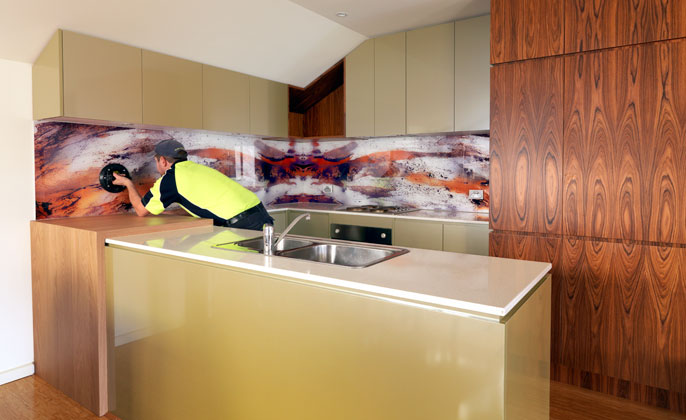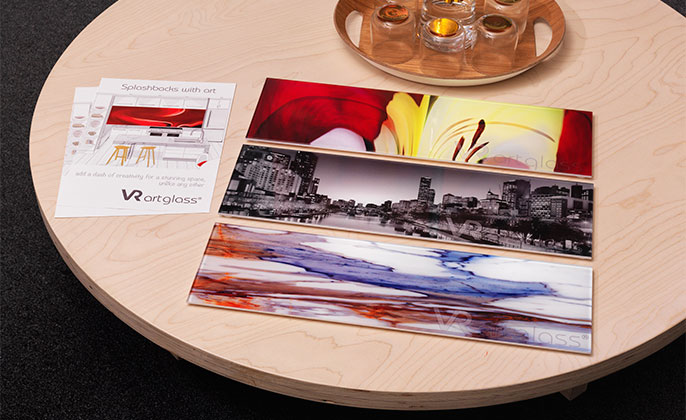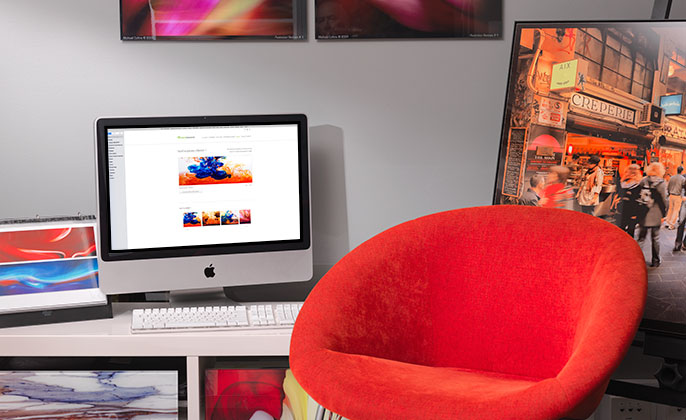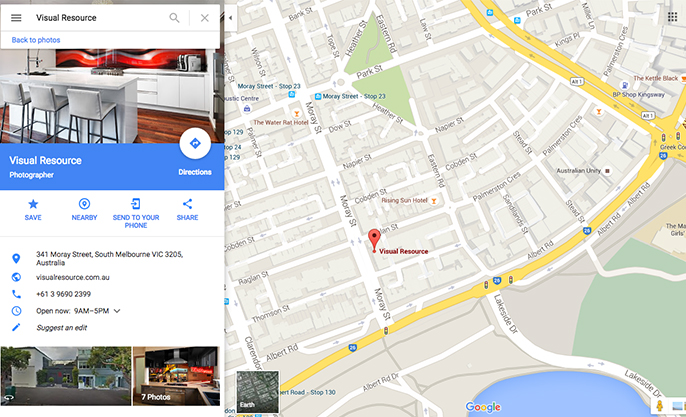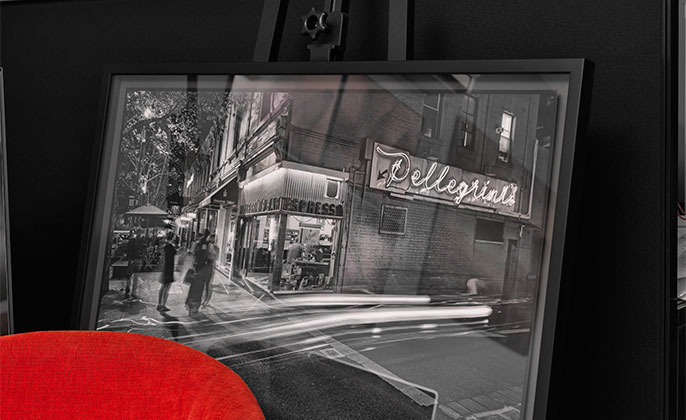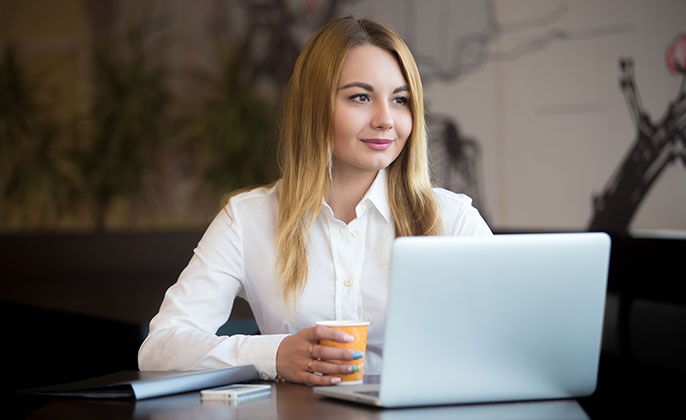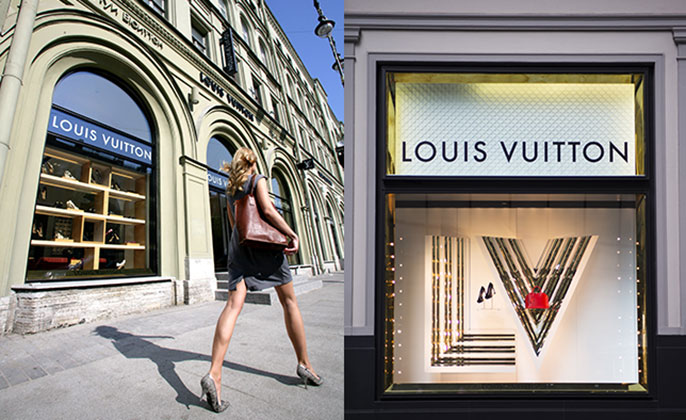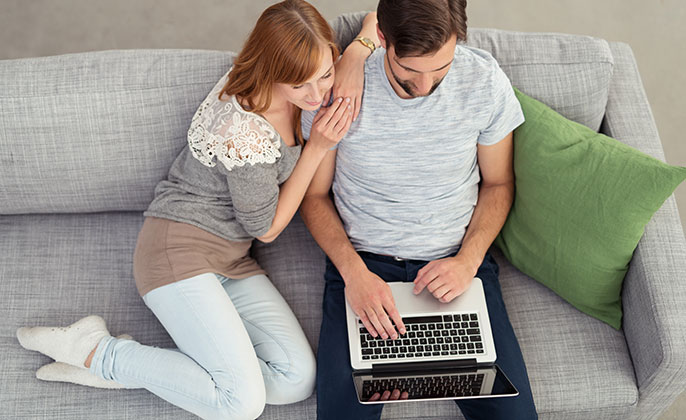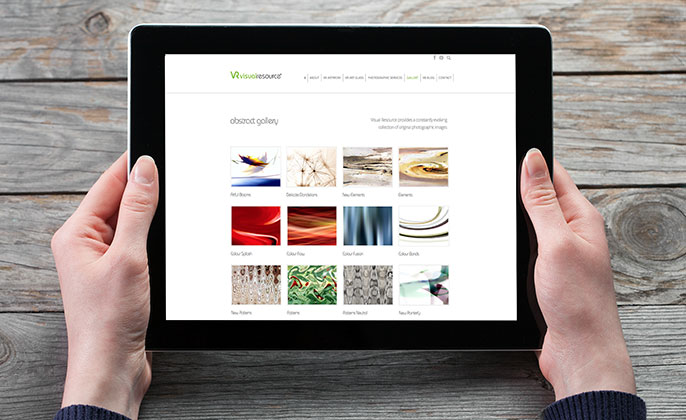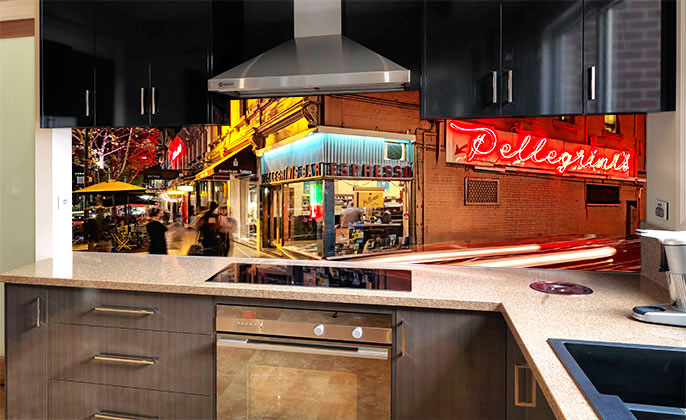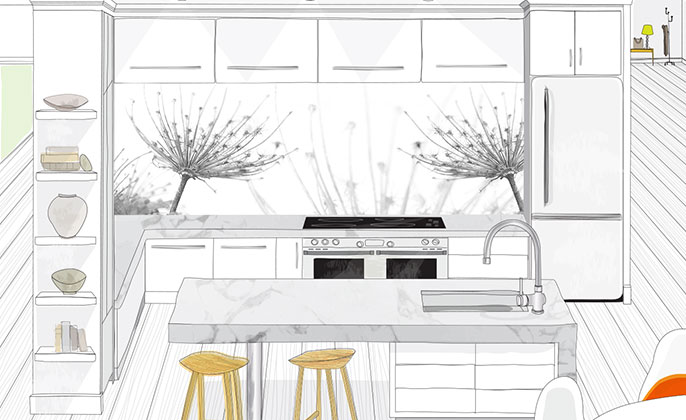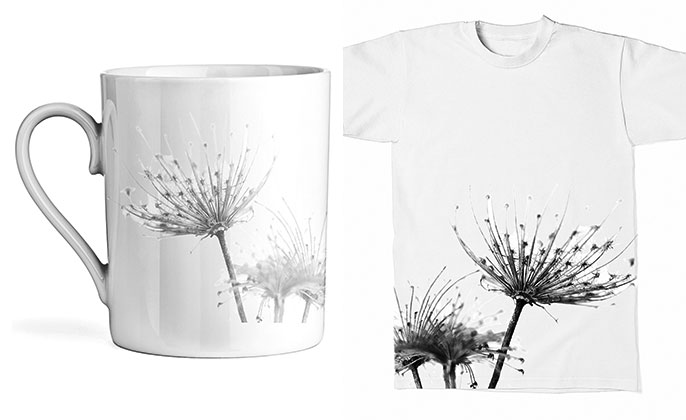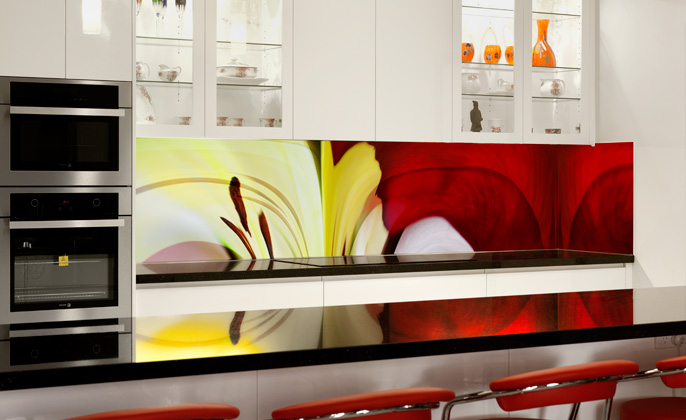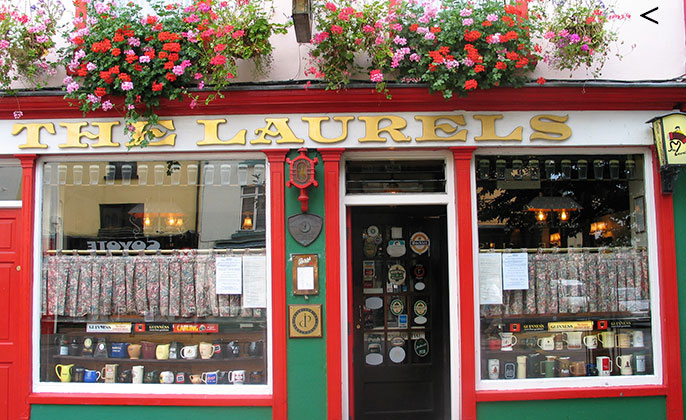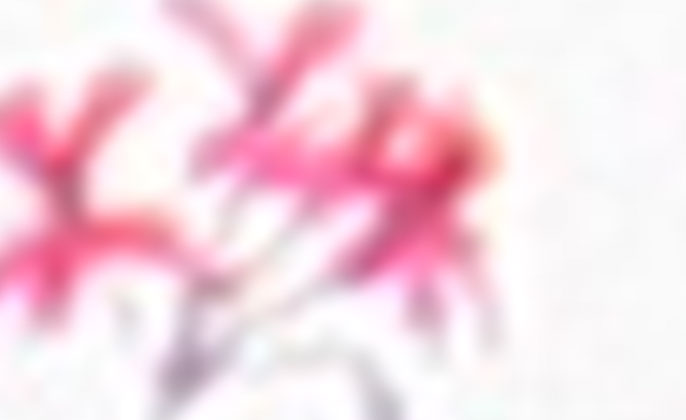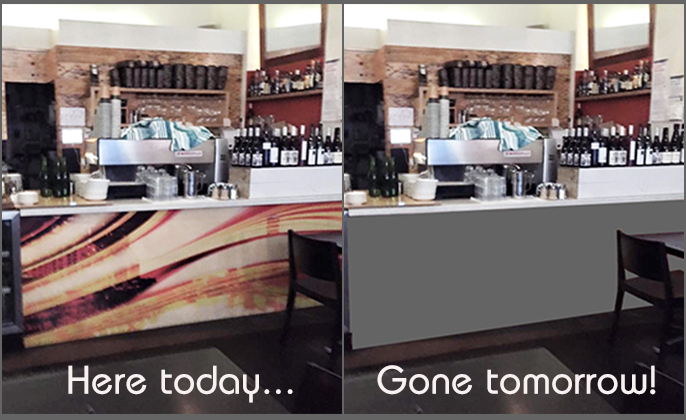
Imagine if the artwork you love, now installed in your home – had to be removed!
It can happen. If a company offers you an artwork, which is actually the work of another artist, (and that artist has not given permission), in order to resolve legal action, your provider may need to remove the artwork – replacing it with something else!
Doing your due diligence in the early stages of choosing your splashback provider is so important.
If you love an artwork, and really want that for your splashback – it’s important to know who created the artwork.
Here are a few tips on how to avoid the heartbreak and inconvenience a removal could cause.
Let’s say the artwork you are considering is photographic, or a combination ‘mash-up’ of photos; here are a few simple questions to ask:
- Who took the photograph?
- And… if someone else took the photograph, do you have permission to offer this image?
Beyond the questions there is another significant way to spot a provider of the unethical variety.
Is the artwork being offered to you visible on the companies website?
Or, is the work hidden away in a ‘private gallery’ for example?
If there appears to be some secrecy surrounding the work, rather than public openness… that is cause for suspicion. Please beware. Ask yourself; if the company did create the artwork, or had the authority to sell another’s work, wouldn’t they want to present it for all to see, rather than hiding it, and being secretive?
If a ‘private gallery’ is offered, that is good cause for alarm bells to ring, for you to be suspicious, and to ask questions about the origins of the artwork.
You may well ask, “And why does that matter?”
Because, if your provider is of the unethical kind, they are not likely to have permission to use an artwork created by another artist. And that can become a problem for you.
“Why would that be a problem for me?“
If the chosen splash back provider does not have permission to reproduce the art of another artist – that is copyright infringement. The original artist has the exclusive rights to the work, and can demand the removal of a reproduction.
After investing a lot of time and effort to consider, then select the artwork for your splash back, only to discover the person selling to you was not the original creator of the work and does not have any authority to offer it to you… the time spent will have been wasted.
So if you fall in love with a particular artwork, it is worth finding out just a few simple things before committing to a provider – to help you avoid the heartbreak and inconvenience removal of an unlawfully reproduced work may cause.
“Are there any exceptions?“
Another scenario entirely is stock photography from an image library source. Let’s say the image you like is from Getty Images – you will be able to source that image yourself; reading and agreeing to the terms Getty have to license the use of the image. It’s pretty straightforward.
The final word
The risk we are pointing out in the ‘here today – gone tomorrow’ scenario is when a company is either passing off another’s work as their own, and/or they do not have permission from the original artist to use the work. It will create issues, and you deserve not to be inconvenienced by the potential consequences.

